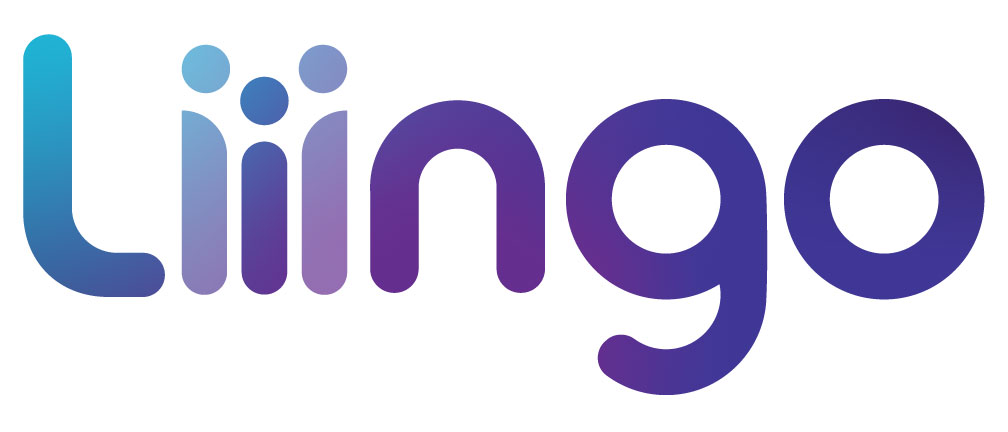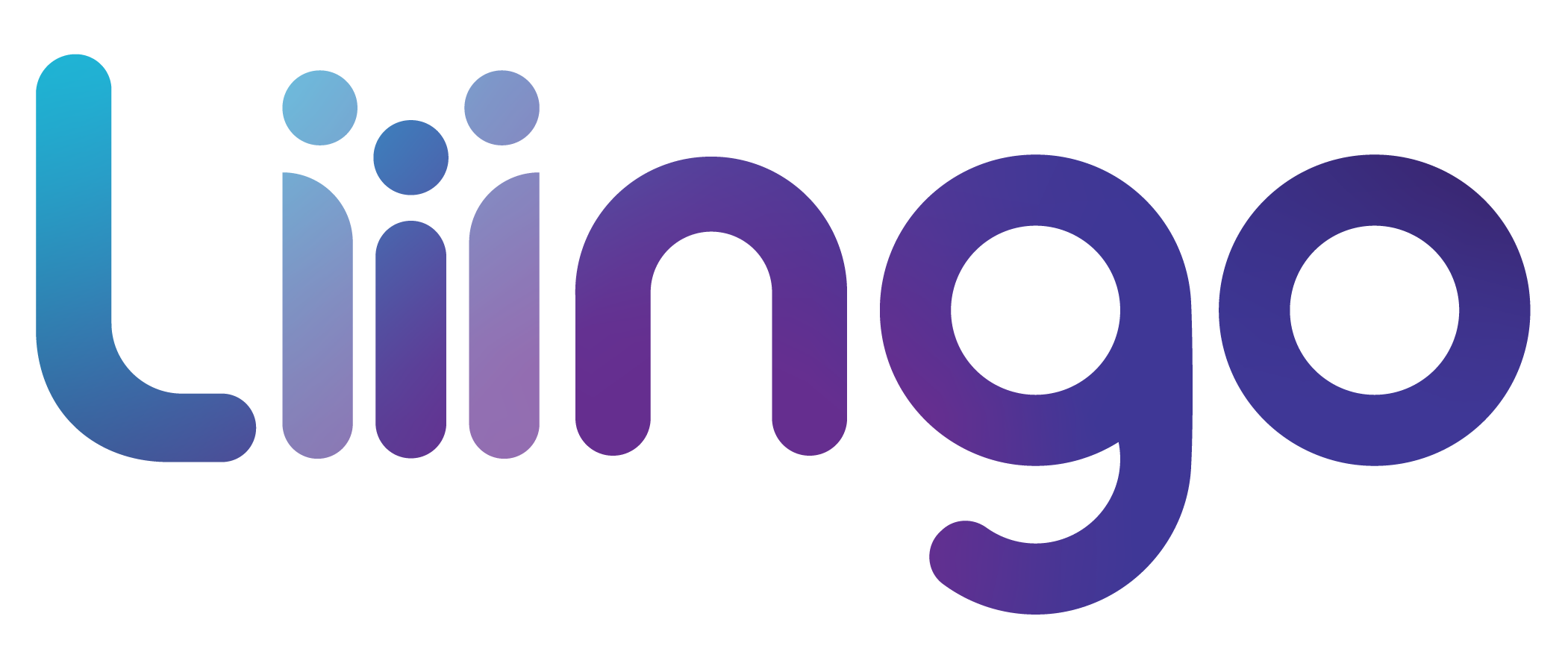It’s so easy to keep all of your company’s public information on your website.
Your story, links to your social media accounts, your blog, it’s all there on your website, keeping it simple for your clients. The only problem with this simple solution is, when they go looking for you, they may struggle to find you. They could, of course, type in your website name directly but less than 30%1 of website traffic for all businesses comes from someone directly typing in your web address. It’s even worse for small businesses since strong brand recall (the thing most needed for direct traffic) is highly skewed towards large companies with decades and millions of dollars of brand-building, like Apple or Jeep. This presents a huge challenge for small businesses with less well-known names fighting for space in customers’ collective consciousness.
In fact, it’s far more likely that a client will just type your company name into a search engine (usually Google, but they may also use Bing, Yahoo, or Baidu) than they are to type in your exact web address. This organic traffic works great if you are a master of SEO and content generation or have a substantial budget for a top spot in the paid search results. The problem with this solution is that only a select few companies can outspend all their competition to rank in the first few relevant search results; and only large companies have the budget and number of staff required to create enough content to keep you in the top organic search rankings. Few small companies can compete with larger companies in the paid ad auctions. Even if you can afford it, they are incredibly inconsistent; today your customers might see your ad, tomorrow, it could be your competition’s.
The solution for this problem is to intentionally develop a sticky customer from the moment of first contact. Sticky sounds abstract but it perfectly explains the concept of ensuring customers return to you directly and instinctively. It would be ideal if your customers always remember your company, but even if they do, the pitfalls of search mean they could very easily end up at one of your direct competitors or, move on to an entirely different type of solution, product, or service that meets their needs. In fact, when you fail to make your customers sticky, they are no longer a retained customer and are likely to move on to a different solution the next time they have a need.
Ok, great, nothing groundbreaking so far.
The real trick is, how in the world do you make customers sticky? No, not with honey, but good guess. Think of the last time you received a product, used software, or needed to learn how to do something. You may have headed to YouTube; some of the videos you would have found told you how to do what you wanted to do. Many others on the watch list will have directed you to incorrect information, competitor information, or even content entirely unconnected from your original search. Now think about this within the context of your company. What is the very next touchpoint after they buy? Are there product use instructions? What about registering their warranty? Completing a survey? All of these are excellent opportunities to make that client sticky. Make sure that the next time they need a product or service you offer, they can’t help but think of you.
Now you have real customer retention and then the fun begins. You can spend less time vying for a sliver of your customer’s attention and focus on having meaningful interactions with your customers, which builds your relationship with them and turns them into evangelists for your brand.
The opportunity cost of missing your chance to give your customers the information they need and make direct connections with your customers is incalculable. In today’s market, with limited resources both in the workforce and financially, this type of oversight is essential to overcome.
Now that we know how essential it is to make sticky customers and build those connections, how do we do it? Knowing how challenging making these customer connections are is the first step. Some things to consider as we’re exploring how:
- When connecting through email, recent reports state that average email clickthrough rate is only 3%.3
- When connecting through social media, some of your customers will certainly see you on their favorite outlets, but most companies are competing for their attention there as well. It’s also unlikely they logged on to engage with your company, so if your ads aren’t excellent, or if a cat gif catches their eye, they’ll miss it and simply scroll right on by.
- When connecting through an app, you first have to get them to download it. Customers don’t mind downloading new apps but if they haven’t used it recently it’s very likely it will get deleted unless the customer sees real value in keeping it. And considering how expensive planning, building, and maintaining an app can be, it can hardly seem worth it sometimes.
So, if you’ve faced the challenge of creating meaningful connections with your customers and you’ve struggled to make your customers sticky, Liiingo is here to help. Our platform encourages engagement in a familiar way on any device, in a multitude of languages, either online or via an offline-capable app. We can help you tell your story, connect with your customers, and become your all-in-one stickiness solution for that critical point in your customer’s journey where the opportunity to connect with them, really connect, is at its highest. Whether this is the first interaction with a new customer or the 3rd time – there’s always an opportunity to strengthen the connection with your customer, keep them sticky, and keep them demanding to come back to your company again and again.
Good luck out there and, remember, stay sticky!
1https://www.retaildive.com/news/study-73-of-consumers-want-self-service-technology/546044/, https://aimtell.com/blog/7-reasons-push-notifications-are-better-than-email,

